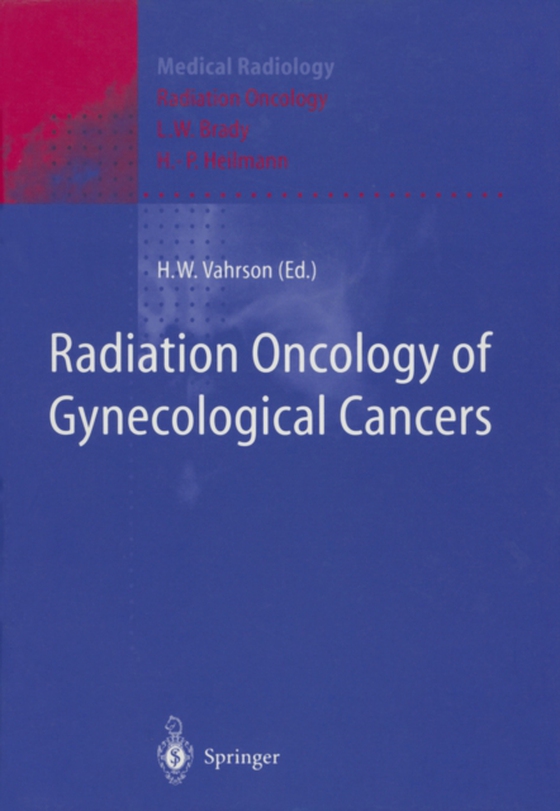
Radiation Oncology of Gynecological Cancers e-bog
436,85 DKK
(inkl. moms 546,06 DKK)
The incidence, diagnosis, and treatment of gynecologic cancer have undergone major changes during the past 20 years. In addition to significant changes in the incidence of the diseases, there has been extensive application of new technologies in the field. - While the incidence of invasive cancers of the cervix has diminished sharply, there has been a marked increase in the number of patients p...
E-bog
436,85 DKK
Forlag
Springer
Udgivet
6 december 2012
Genrer
Oncology
Sprog
English
Format
pdf
Beskyttelse
LCP
ISBN
9783642603341
The incidence, diagnosis, and treatment of gynecologic cancer have undergone major changes during the past 20 years. In addition to significant changes in the incidence of the diseases, there has been extensive application of new technologies in the field. - While the incidence of invasive cancers of the cervix has diminished sharply, there has been a marked increase in the number of patients presenting with in situ carcinomas of the cervix. This has resulted primarily from better education but also from the regular use of Papanicolaou screening for early diagnosis. This trend has been associated with a major shift from late stage disease to early stage disease, which has led to more effective utilization of surgical techniques in primary management, with less emphasis on radiation therapy techniques. Almost invariably, in situ cancers of the cervix can be cured by surgical management, and high cure rates can be achieved by surgical techniques in early invasive cancers of the cervix. Therefore, more patients are receiving definitive surgical management rather than definitive radiation therapy management. - Because of its tendency to present at an early stage, cancer of the endometrium is now more commonly managed by surgical techniques. Postoperative radiation therapy is used when there is persistent residual disease following surgery, a more advanced disease stage than indicated by preliminary study, transection or spillage of tumor during the operative procedure, or positive cytology at the time of the original surgery.
 Dansk
Dansk

